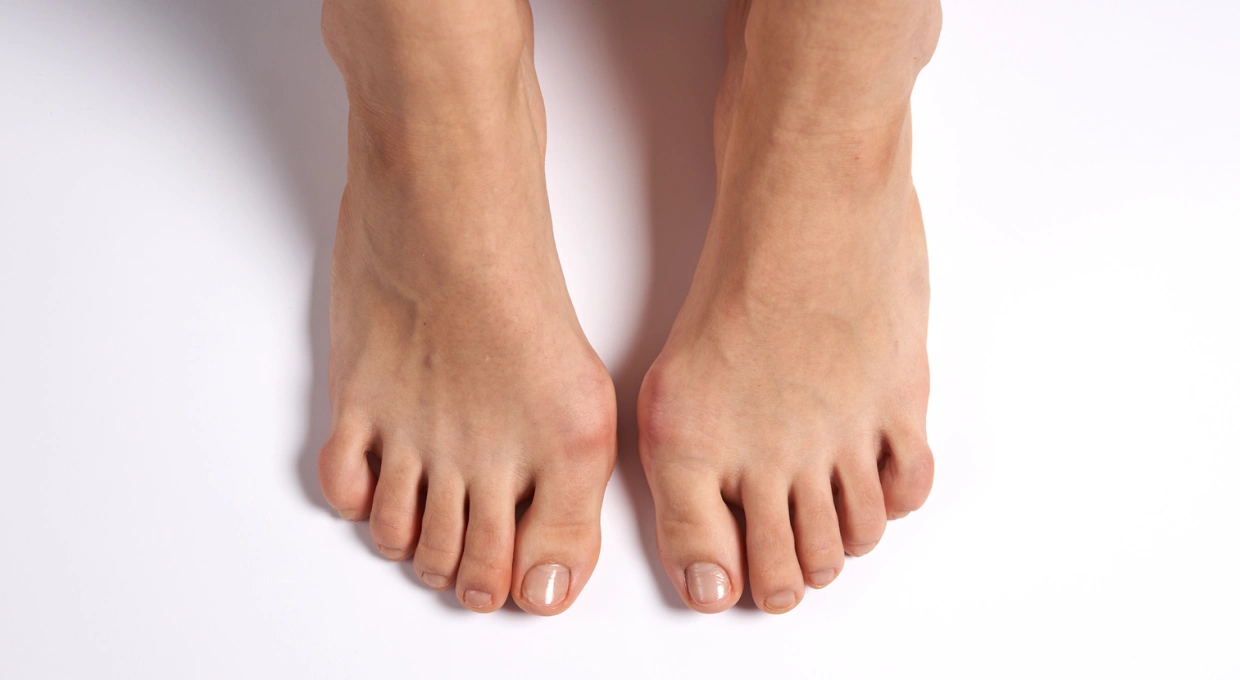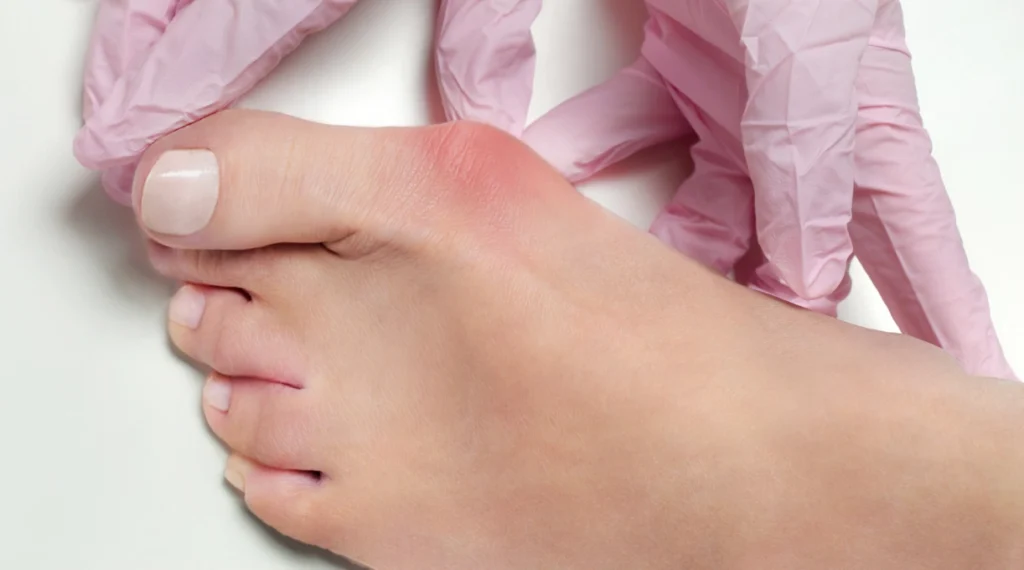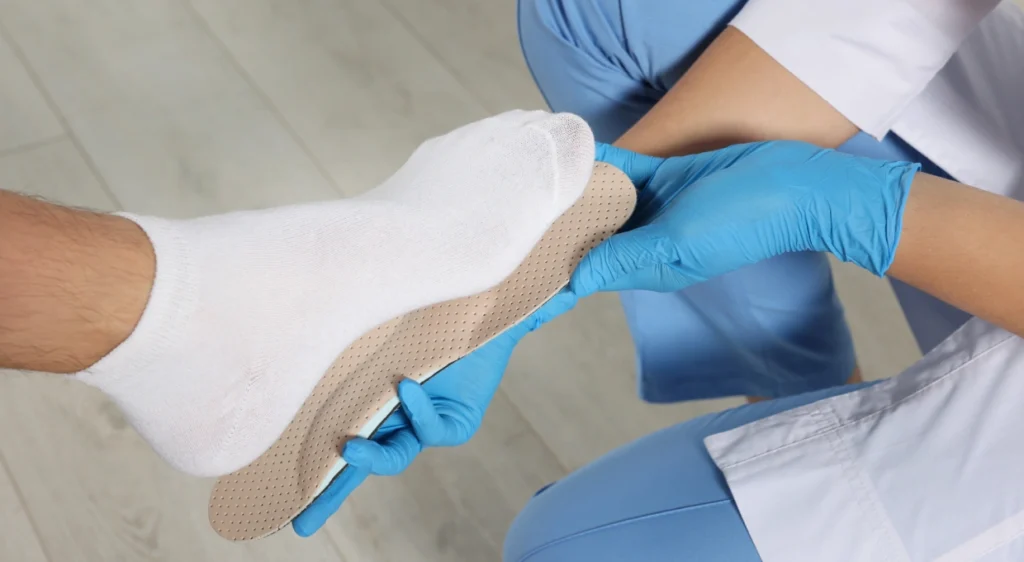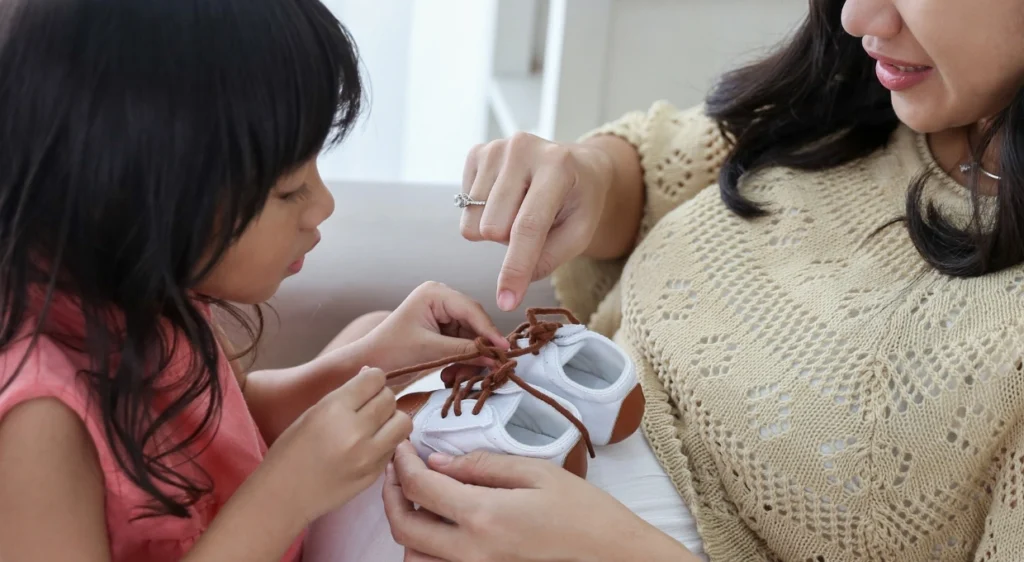Bunions, also known medically as hallux valgus, are a common foot deformity that affects a significant portion of the population, causing pain and discomfort that can significantly impact quality of life. This condition is characterized by the deviation of the big toe bone toward the other toes, which causes a protrusion at the base of the toe and can lead to pain, swelling and difficulty walking.
Prevalence of Bunions in the Population
Bunions are a condition that affects a notable proportion of the population, with prevalence increasing with age. Studies have shown that approximately 23% of adults between the ages of 18 and 65 and 36% of those over the age of 65 suffer from bunions to some extent. The condition is more common in women than in men, which may be related to the frequent use of tight-fitting or high-heeled shoes that can exacerbate the deformity.
Causes of Bunions
Bunions can develop due to a combination of genetic and environmental factors. Among the main causes are:
- Hereditability: There is a significant genetic predisposition to develop bunions, especially if there is a family history of the condition. Inherited patterns of foot structure may predispose a person to this deformity.
- Inadequate Footwear: Prolonged use of shoes that do not provide adequate support, such as narrow-toed or high-heeled shoes, can place excessive pressure on the toes and contribute to the development of bunions.
- Rheumatologic Diseases: Conditions such as rheumatoid arthritis may predispose to bunion formation due to chronic inflammation and joint deformity.
- Biomechanical abnormalities: Problems such as flat feet or incorrect gait can increase pressure on certain areas of the foot, contributing to the development of bunions.
Impact of Bunion Pain
The pain associated with bunions can range from mild discomfort to severe pain that affects the ability to walk and perform daily activities. The pain is usually more intense when wearing tight-fitting shoes or during long periods of standing or walking. In addition, bunions can cause other foot problems, such as the formation of calluses or hammertoes, which aggravate discomfort and pain. The impact of bunions is not limited to physical pain. The condition can also affect people’s quality of life, limiting their mobility and affecting their emotional well-being. People with bunions may avoid physical or social activities because of the pain, which can lead to decreased physical activity and social isolation.
Bunions Treatments
Treatment of bunions depends on the severity of the condition and the degree of pain the patient is experiencing. Treatment options include:
- Proper Footwear: Switching to wider, more comfortable shoes that do not compress the toes is critical. Orthopedic inserts can also help redistribute pressure on the foot.
- Physical Therapy and Exercises: Performing specific exercises to strengthen the foot muscles and improve flexibility may alleviate some of the symptoms and prevent worsening of the deformity.
- Medical Treatments: In cases of severe pain, anti-inflammatory medications may be helpful in reducing inflammation and pain. Corticosteroid injections may also be an option in more severe cases.
- Surgery: If pain is severe and conservative treatments are not effective, surgery may be necessary to correct the deformity. Bunion surgery involves realignment of the big toe bone and can offer significant pain relief and improve foot function.
Conclusion
Bunion pain is a common condition that affects a significant percentage of the population, especially as you get older. Understanding the causes and treatment options is crucial to managing this condition and improving quality of life. At Clinica San Roman, we offer a comprehensive approach to the treatment of bunions, from conservative therapies to surgical options, tailored to the specific needs of each patient. If you experience bunion pain, it is important to seek evaluation by a podiatric specialist to determine the best treatment plan and avoid future complications.



